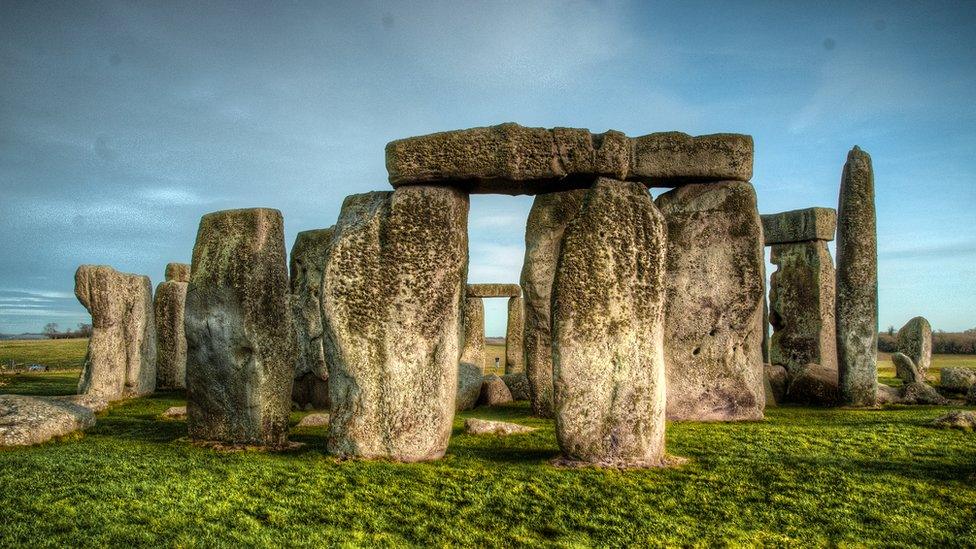National Trust: £2 million research project to restore lost habitat
- Published
- comments

£2 million given to research to help restore lost habitat
A £2 million research project has been announced to help restore habitat loss in woodland and meadow areas.
Researchers will study how different plants, animals and other organisms can work together to reverse the effects of farming, urban development, climate change and pollution.
The project will take place at 100 sites throughout the UK, including Stonehenge.
The project is funded by the Natural Environment Research Council and led by Cranfield University.
Professor Jim Harris, who is leading the project, said: "We are trying to understand how the nuts, bolts, and cogs of the ecosystems that we are interested in reassemble and function."

Stonehenge is one of the 100 locations chosen
What are the aims of the project?
Researchers want to study how different factors of the environment in these places can work together to help restore any loss of habitat.
These factors are plants, animals, and organisms that can all work together in what's called an ecosystem.
The project is taking a new approach to restoring land as usually researchers would look at those factors individually, rather than just seeing how they can work together.

An ecosystem is where plants, animals and organisms all work together
How will this project help restore land?
The research aims to help conservationists make sure that tree planting efforts and re-introducing species will be more beneficial.
Professor Jim Harries explains that to restore land effectively, they must look at "improving our ability to restore functional ecosystems".
The research project will also help the government's plans "to be the first generation to leave the environment in a better state than we found it", says Professor Jim Harries.

The project will look at how woodland and meadow areas work together
Who is a part of the project?
The project will take place at 100 sites across the UK, including South Downs and Stonehenge.
The Cranfield University partnership will include the National Trust, Stirling University, the UK Centre for Ecology and Hydrology, and Forest Research.
Teams of ecologist, botanists, entomologists, and animal behaviourists will all work together both outdoors on the field and in labs where they will analyse data.
- Published20 May 2020

- Published27 August 2022

- Published20 November 2019

